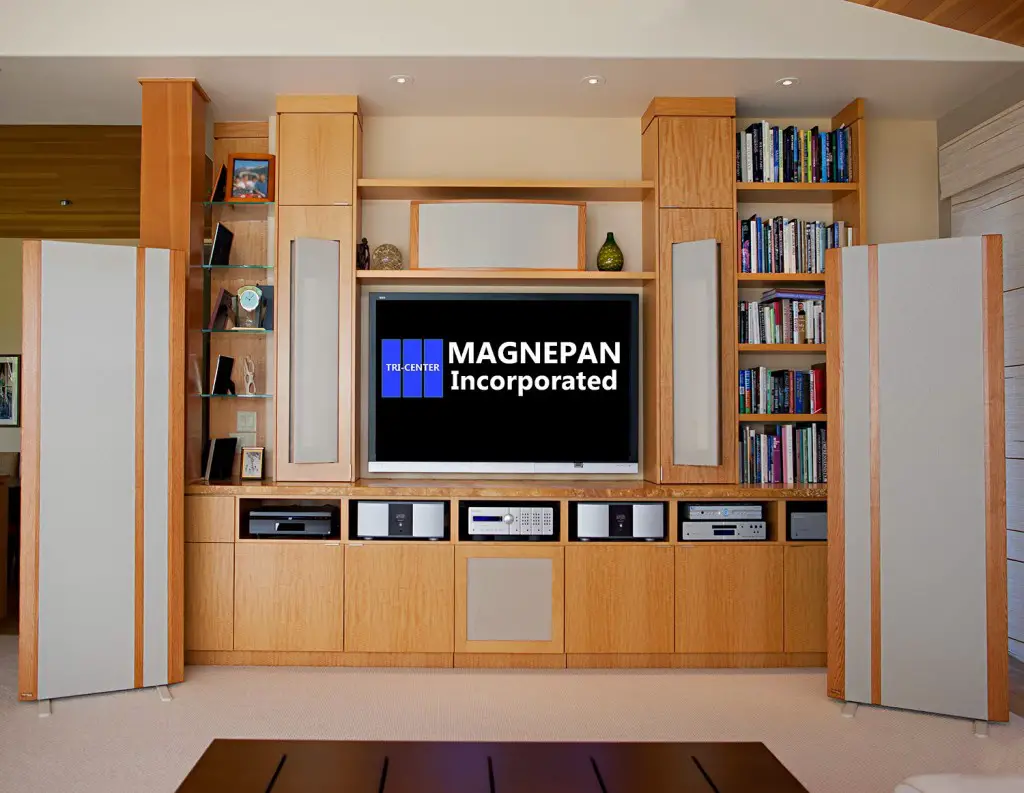I occasionally get reader questions via email. If those question are of broader interest, I like to address them here.

I received an email from Chris M., who is a fellow poor audiophile. Chris has been working to slowly upgrade his gear over time and has been looking for good local deals on gear. With young kids, it’s tough to justify why he needs to upgrade his gear. Chris currently has a pair of Polk Monitor 70s, an Adcom 5500 and a Kenwood C1 preamp with vinyl and CD as sources. Chris’ budget is about $500.
As part of his email, Chris writes, “There is someone selling some Paradigm Studio 60’s (v2) for about $500 locally – excellent condition.. do you have any experience with these speakers? any thoughts on their sound vs. $300 Polks? Also – any idea how the sound of the Paradigms would compare at the same price point to say Maggie MMG’s (kinda wish i could hear those too based on what I read).”
Chris, once again thanks for writing in and I have some thoughts for you to consider.
First, since you are a father of two young kids and you want to be as wise as you can with your audio investments, I suggest you always try and quantify what you feel needs improvement in your system. Our audiophile passion is a great hobby but we can also get carried away.
Second, just because something is older doesn’t mean it is obsolete. Some technologies change faster than others. Some pieces of equipment, like amplifiers, hold their value and their performance for many, many years and can still sound great decades later. The Adcom 5500, for example, is a beefy amp with great power for your speakers.
Third, the speakers you are considering are two completely different speaker technologies and, consequently, do certain things differently. The Paradigm Studio 60s, for example, are traditional dynamic speakers that have a tweeter and cone drivers mounted in an enclosure.
 |
| The Magnepan MMG Speakers |
The Magnepans (affectionately called Maggies) are planar magnetic speakers and use a thin magnetic film which vibrates to create the sound. Consequently, there’s no box or enclosure to color the sound of a Maggie. The tweeter portion of Magnepan speakers is usually a true ribbon tweeter in their higher end models and a quasi-ribbon tweeter in their lower-end models. Because of their design, you generally need to pair Magnepans with a subwoofer. Magnepan speakers are a bipolar design with sound emanating from both the front and back of the panel.
Because of the differences in the underlying technologies between the Paradigm and Magnepans they do certain things, well, differently. Magnepans, for example will throw a huge, lifelike, three-dimensional soundstage. Maggie’s will give you a life-like soundstage that is incredibly alluring to so many audiophiles. If you play a pair of Maggies next to dynamic or “box” speakers you’ll be shocked at the difference. Maggies also won’t go deep into the base unless you are looking at their top of the line models. With the MMGs you will absolutely need a subwoofer to get deep notes. The MMGs are rated to go down only to about 50 Hz.
Conversely, Maggies usually need good amplification and an amplifier that can be stable down to 2 or 4 ohms. Even with lots of power, Maggies won’t play as loudly as dynamic speakers.
My point is that I can’t tell you which of the two speakers are “better” because they cater to very different aspects of the audiophile experience. I think you will like one or another better based on your listening preferences and what audiophile elements you value more.
Regardless, whether you choose the Maggies or the Paradigms, I think either model will be a substantial upgrade in comparison to the Polks. Consequently, I would suggest that you try and audition both speakers. Although Magnepans are only available through authorized resellers, the MMGs are an exception. You can order them through Magnepan directly or via an authorized reseller with a 60-day money-back guarantee.
This is one of those cases where I think you’re in a win-win. This process will give you a way to further identify what audiophile aspects you value. Any poor audiophile should be so lucky to choose from two excellent speakers.















